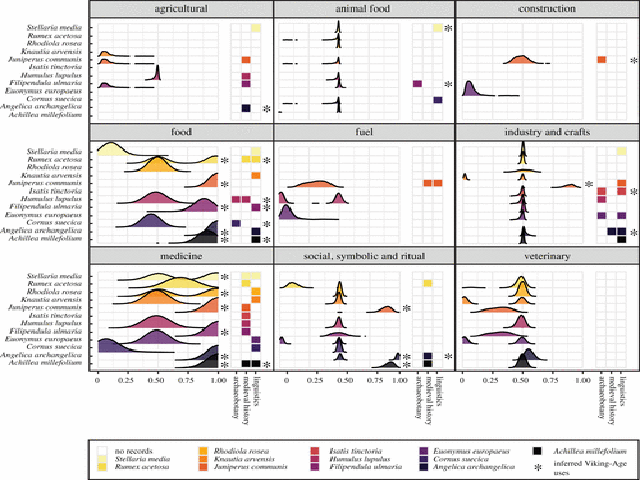Historical, archaeological and linguistic evidence test the phylogenetic inference of Viking-Age plant use.

Authors:
Citation:
Details:
Published: 5 May, 2021.
Download:
Abstract:
In this paper, past plant knowledge serves as a case study to highlight the promise and challenges of interdisciplinary data collection and interpretation in cultural evolution. Plants are central to human life and yet, apart from the role of major crops, people–plant relations have been marginal to the study of culture. Archaeological, linguistic, and historical evidence are often limited when it comes to studying the past role of plants. This is the case in the Nordic countries, where extensive collections of various plant use records are absent until the 1700s. Here, we test if relatively recent ethnobotanical data can be used to trace back ancient plant knowledge in the Nordic countries. Phylogenetic inferences of ancestral states are evaluated against historical, linguistic, and archaeobotanical evidence. The exercise allows us to discuss the opportunities and shortcomings of using phylogenetic comparative methods to study past botanical knowledge. We propose a ’triangulation method’ that not only combines multiple lines of evidence, but also quantitative and qualitative approaches.